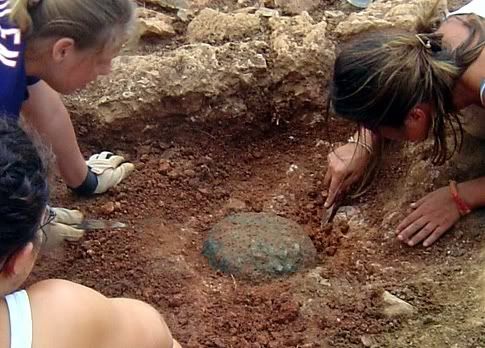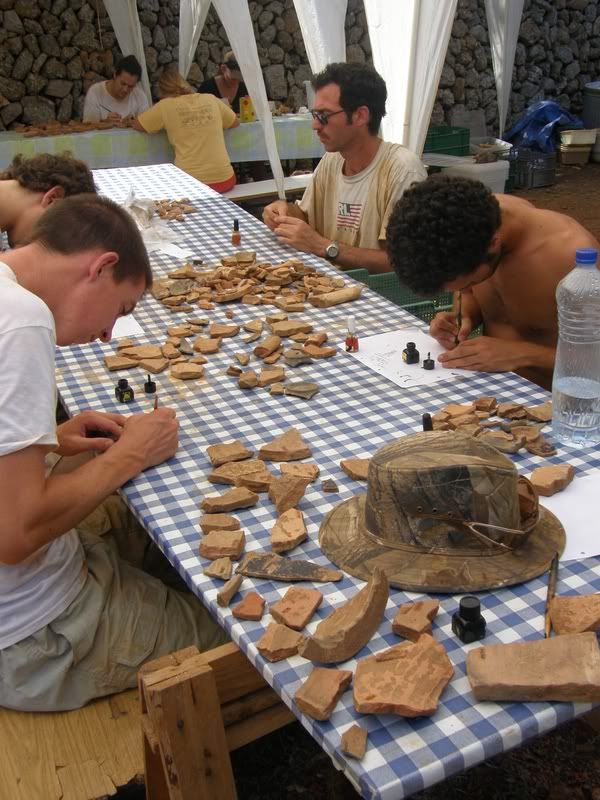Investigating a Roman City in the Balearic Islands
As early as 123 B.C., the Roman army had reached and conquered Menorca of the Balearic Mediterranean islands. Now a part of Spain, Menorca became at that time a part of the vast Roman empire. It was ruled by Rome for at least 600 years. On one of those islands, they had established three cities, one of which is known today as Sanisera. Built around the port of Sanitja, it flourished as a commercial maritime center, receiving ships traveling from present-day Spain to Italy and from present-day France to Africa. The impressiveness of Sanisera can be appreciated in the present by the quantity and quality of the amphoras and other roman artifacts that have been found in recent excavations. Sanisera is situated in a spectacular natural reserve next to the Ecomuseum of the
Under the direction of Directors Fernando Contreras and Regine Muller, a team of archaeologists, students and volunteers with be conducting systematic excavation and research at the site from May 12 to Octobe 21, 2009 to uncover more of what made this city such an important Roman settlement and center of maritime activity. Students will learn and gain experience in excavation using the Harris Matrix. Various instruments and tools will be used to record stratigraphy and document the plans and photographs of the excavation. In the museum laboratory, students will study excavated material and learn basic techniques of artifact recording, focusing on Roman pottery. In addition to the daily excavation and laboratory work, students will also participate in conferences on methodology and Roman archaeology, and will visit other museums and archaeological sites on the island. Academic courses will be offered in both English and Spanish.
If you are interested in expanding your mind and learning some first-hand field archaeology in a Mediterranean setting in 2009, you are invited to join the team by going to the website at www.ecomuseodecavalleria.com to learn more about the project and the application procedures. Who knows? This could be a life-changing experience!
Labels: field school in roman archaeology, roman archaeological excavations, roman archaeology, roman archaeology in spain





0 Comments:
Post a Comment
<< Home